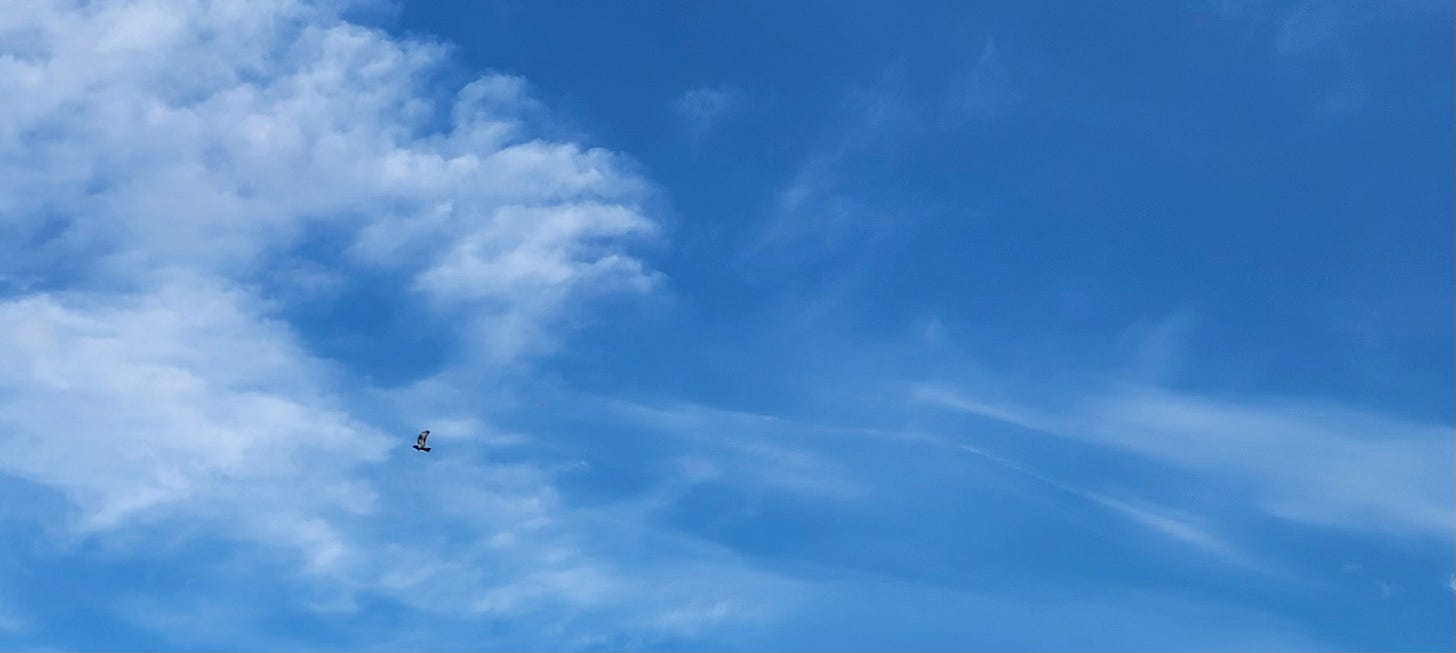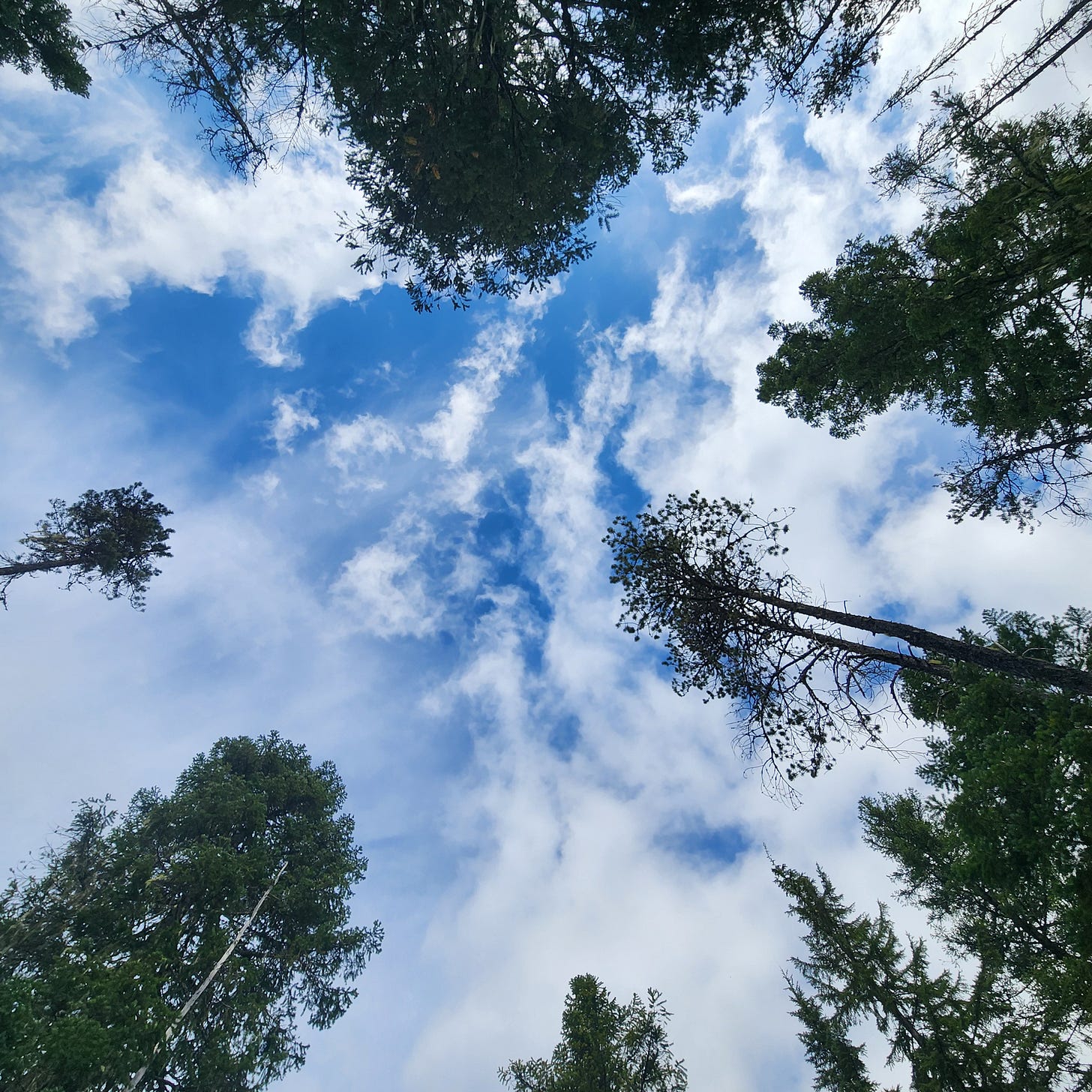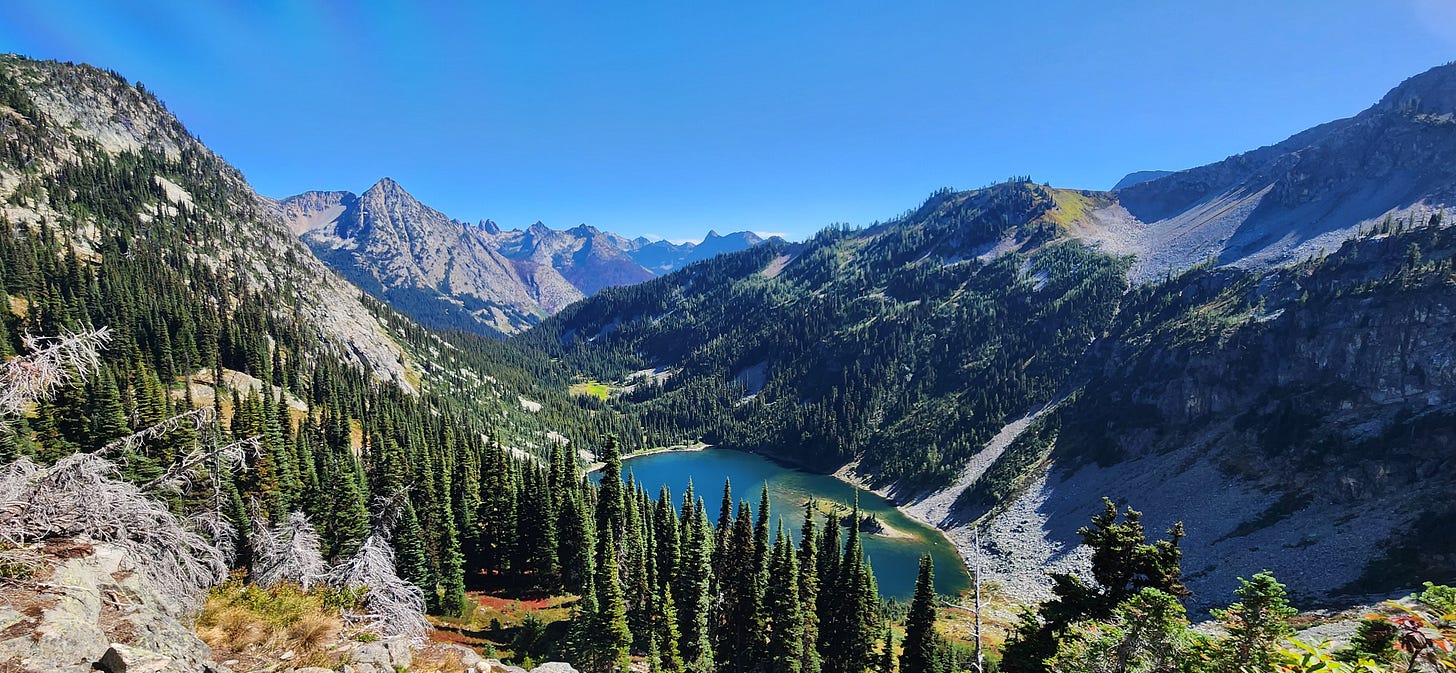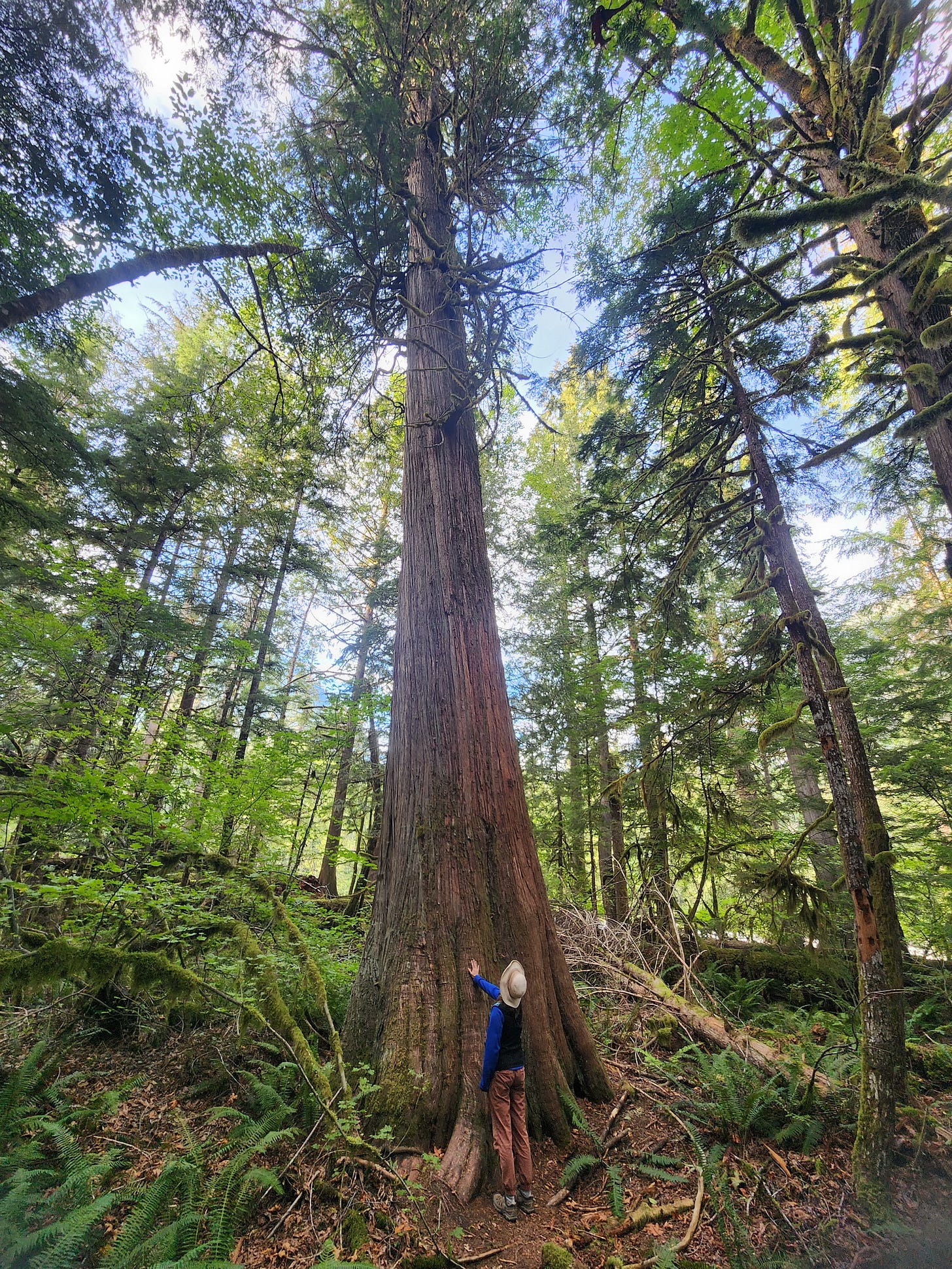Tyler and I recently flew south from Fairbanks, Alaska to Missoula, Montana in a Boeing 737 aircraft. To be able to fly in this style has become so commonplace it's yawn-worthy, and yet if you really stop to think about it, it's miraculous! Focusing outward at the snow-capped peaks and glaciers below will swiftly bring a meandering mind back to the wonder of flight. From in the plane, the view is distinctly untouchable and distant, like a panorama painted on a backdrop. Without, below, it is real and dense, bristling with texture, sound, and life. Safe in the plane, I wish to be a bird.
The power of flight is not a universal avian quality, of course. An emu or an ostrich might retain somewhere a murky memory of why their species gave up the power of flight for a land-based lifestyle. Do penguins watch their skua cousins soar on powerful offshore breezes and wish to be airborne? Or are they satisfied with the grace they attain as they plunge underwater? I only know I watch penguins glide belly down or swifts in motion overhead and feel equally a vicarious lift in spirit akin to an infectious laugh.
Hanging out with friends, we circle to the topic of lucid dreaming. If you could choose, what do you want to do in the dream world? A universal theme: flight! I always seem to wake myself up from excitement before getting off the ground, but the desire persists.
Do I want to do it badly enough to launch myself in one of the other human-powered versions of flight? Reclining in lawn chairs on a late-summer evening, we (us and our friends, in whose backyard we lay supine) watch paragliders swerving back and forth on their drifting trajectories over the Rattlesnake. "This is mesmerizing," L murmurs as we ponder their motion. The dog runs back and forth with her ears up, agitated. She thinks the paragliders come bearing ill omens, something akin to the flying monkeys in the Wizard of Oz. We train our binoculars on the craft: parachute, funny hammock thing you sit in, helmetted passenger. I'm sure the experience is pretty thrilling, but would it really feel like having wings?
Why do I like to sit myself in the company of so many birds? You'd think the jealousy might rankle, but no. Somehow, birds are the rare beings who have it all and still and despite that, you want to befriend them! Of course, appearances are deceiving, and they don't really have it all. They eat garbage, they swim in oil slicks, they tangle themselves in our netting or smack full-speed into our windows or the jaws of our feline pets. So wings are not a fool-proof escape method, and neither are they a guaranteed gracefulness. Have you ever watched a coot take off from the water with their desperate waddling paddle? Or a goose miscaculate a landing and come in heavy on the belly? The physical comedy is as entertaining as the ballet.
Which, you know, brings us to the reality that all flying abilities are not created equal. Which bird would I most like to be, if I could choose? Well, if I want a life full of friendship, then nobody beats a chickadee. Brief dips from tree to tree and acrobatics upside down from pine cone or branch, chattering to their fellows. But if I want to fly, really soar, over the kinds of scenes we humans spend hours laboriously hiking to the tops of mountains to enjoy, then I'll need to be a raptor. In addition to dizzying height and navigating thermals, I'll need to get used to eating other smaller birds, gutting them with a razor sharp bill. Or if I want to fly incessantly, seemingly forever, without a pause for months or years at a time, just full of the joy of it, then I'll be an albatross and glide solo over the sea. If I want to play on the wing, a corvid, certainly: ravens all dip and dive for the fun of it, just to exercise their cunning and intelligence. If I want hovercraft abilities, lifting straight up or backwards like a helicopter and zipping at speeds barely discernible in the human timescale, I'll choose to be a hummingbird. No need to eat other birds when you are the smallest bird, but insects are still on the menu, along with copious sugar.



Part of the appeal of birdwatching is that every new bird I see has a different trick, another way to be, something I want to try on. Here in the Pacific northwest, after a string of glorious weather days, we've had the joy of spotting several new-for-the-year species, including a couple life birds. Among them, the Marbled Murrelet (Brachyramphus marmoratus). Does the Murrelet, I wonder, have it all figured out? The Murrelet lives out its days on the ocean, bobbing on gentle swells and diving to feed on fish and other sea creatures. Like other pelagic birds, it is comfortable swimming, using its wings almost as fins. But come time to nest, the murrelet's wings regain their primary function and it flies inland, sometimes up to 45 miles, and finds a nice, cozy spot in the near-top of a tall, tall tree, like a Coast Redwood (Sequoia sempervirens) or Sequoia (Sequoia gigantea). For many, many years nobody knew where the Marbled Murrelets nested, because they are comfortable in such high tree houses that no human could parallel their height! Most of their murre and murrelet cousins prefer to nest on sea cliffs convenient to the oceanic feeding grounds. Who possesses the imagination broad enough to guess such a thing: perky little swimmers nestling in the moss at the tops of the Redwood trees? Before the advent of diesel-powered technology, these gigantic ancient trees were effectively indestructible. Think what a safe, clandestine nest site, in a peaceful treehouse! Right now, from a campsite on the coast of Washington, listening to the crash of waves, my nose full of the loamy moss of the forest, I lull myself with thoughts of sleeping in the boughs of a massive cedar.

As if the clouds heard my wish to get right up near them, they sink obligingly to my level and now we're banked in fog. The gulls, the Pileated woodpecker (Dryocopus pileatus), the Golden-crowned Kinglets (Regulus satrapa) near the upper reaches of the tree are all voices in the mist, only aurally discernible. But a little Pacific Wren (Troglodytes pacificus) comes out from the brambles beside our tent and bops a tail. Having wings and speed and sweetness and friends, yet still preferring the understory.









Your passion is contagious and your descriptive language, magical. xox
Yay, another Rachel and Tyler story!